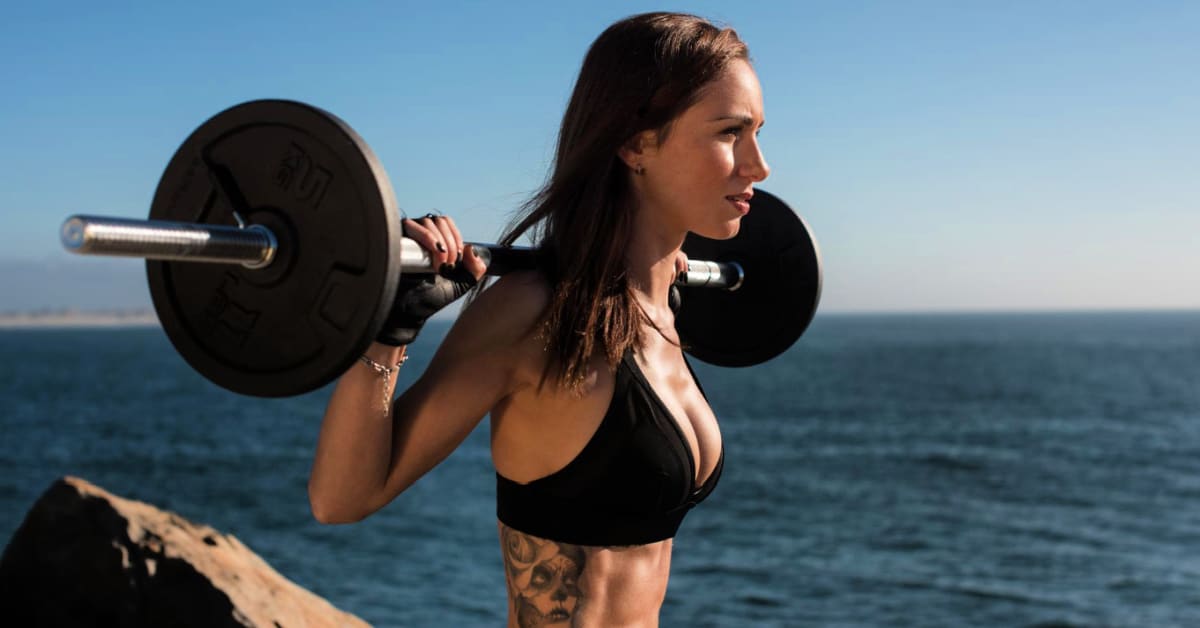So, do tattoos stretch when you gain muscle? Tattoos being embedded in the skin are likely to alter when you start to build up muscle.
Skin does stretch, it sages for countless reasons, and our body shape can and does change. The skin is very resilient to any activities our bodies do. Whether it is from weight gain, loss, or muscle build-up, it is inevitable for the skin to age and change.
But what about skin with tattoos?
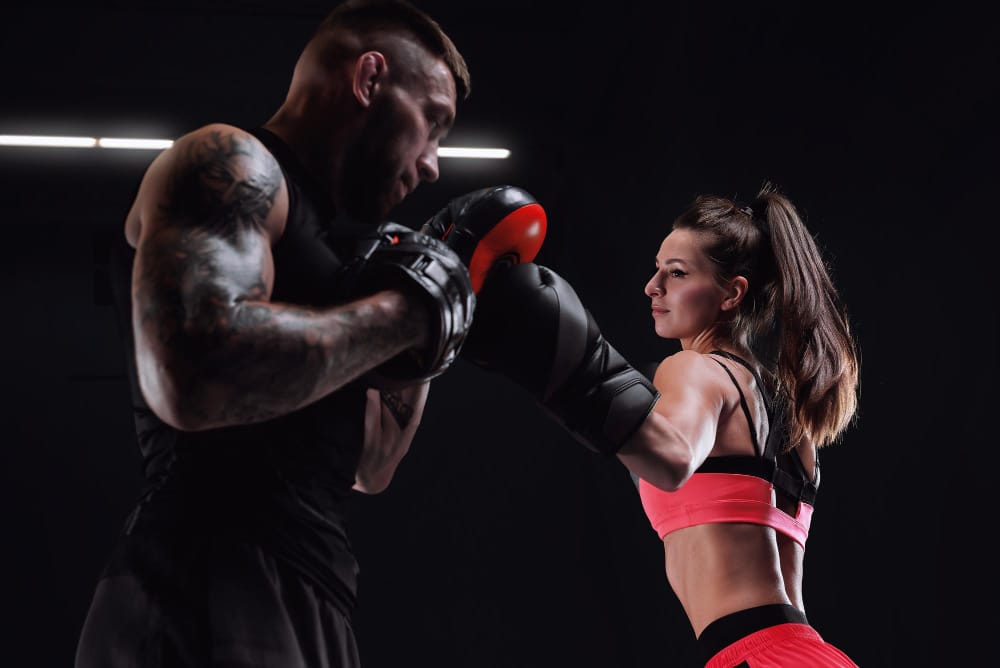
What Happens To Your Skin When You Grow Muscle?
It is a fact that workouts and muscle growth promote skin tightening. As muscle mass expands, often fat decreases too, and skin becomes tighter, showing a more toned physique.
As for those with already tight skin eg, skinny or fit people, building more muscle will stretch the skin further.
Thus, bodybuilders often have stretch marks. From a brighter perspective, the skin is an adaptable organ. It has the ability to go back to its previous state.
Skin stretching is vital for muscle growth. It gives room for the muscle to build up. The same goes when one is gaining or losing weight. If the skin is not elastic, the body will not be able to accustom to physical changes.
Do Tattoos Change With Muscle Growth?
Initially, the tattoo’s appearance can lose its shape and sharpness in color. It can also start to fade too. Such changes are minor and can be remedied with a professional touch-up if they occur.
However, there are cases where tattoos completely change; some even become unrecognizable. A tattoo cover-up by an experienced tattoo artist will do the trick.
Will The Tattoos Change If You Lose Muscle?
Weight and muscle loss impact the overall appearance of the skin. Stretch marks and sagging skin are the foremost change that is visible. Thus, building back the muscle to fill in the space is vital.
Drastic muscle loss can change the image of tattoos; it can trigger color fading. The intricate details of the tattoo can also start to vanish.
There’s only a little a tattoo artist can do unless you start toning up. The tattoo will need the muscle beneath as solid support. Thus, working out impacts the way the tattoed skin appears.
Overall, changes in the body that occur slowly and sensibly over time as opposed to crash diets or insane training programs are better. Tattoos on the skin deal with gradual changes better than intense ones.
Working Out and Skin Changes
The skin is the human body’s largest organ. Working out helps our bodies cleanse through the process of, you guessed it, sweating. Training and sweating are both beneficial to the mind and body; it keeps the skin fresh and, in turn, our tattoos look good too!
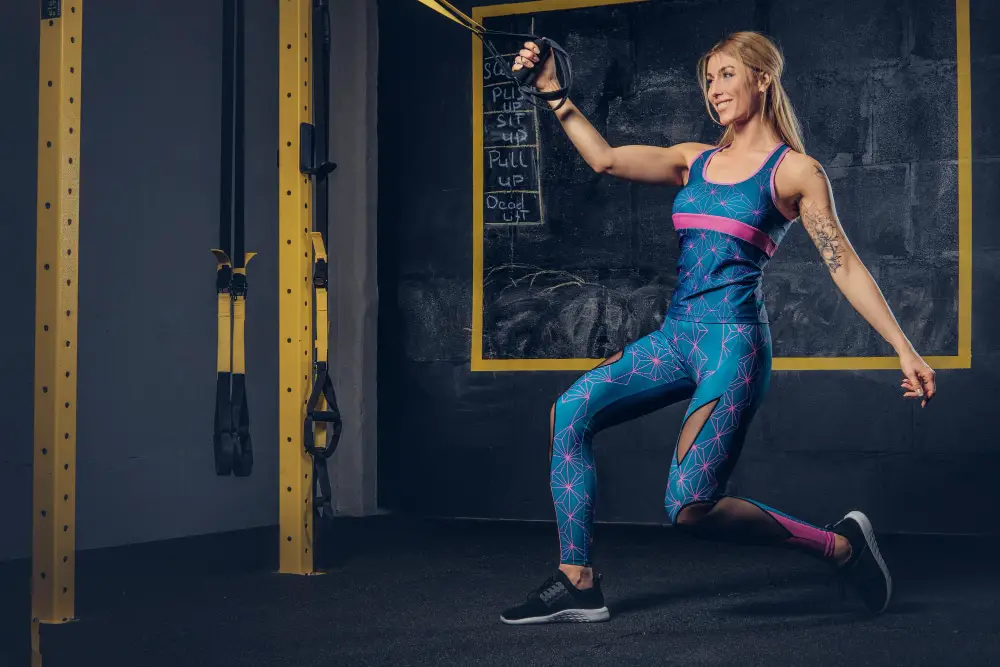
How Does Working Out Affect The Skin?
As previously mentioned, working out affects the skin in a good way. But it is about moderation and intensity and how quickly the body changes, getting larger or smaller.
Weightlifting, endurance training, and muscle-building exercises can stretch the skin, but gradual gains or weight loss are not going to affect your tattoo. Mind you, if your body shape does change dramatically over time, so will your skin, and therefore so will your tattoo.
On the other hand, rapid changes from excessive diets or training can alter the skin quickly, in turn changing your tattoo along with it.
Another thing worth mentioning, working out increases body temperature.
As the heart rate increases, the body temperature also increases. That’s when the body starts to sweat; sweating is the way our bodies regulate temperature. But sweating will not affect your tattoo.
So, do all these movements really affect a tattoo?
How Working Out Affects Tattooed Skin?
Fresh tattoos are considered open wounds.
In the following 24-48 hours after getting inked, the skin can ooze excess plasma and ink. Working out with new tattoos, therefore, is not recommended. It can significantly affect how the tattoo will look as it heals. The colors may fade, the details will be less visible, and the tattoo will heal poorly.
Working out with a fresh tattoo can also prolong the healing process. It can even trigger skin irritation. New tattoos will suffer the negative effects of working out more than old tattoos.
Exercising with old tattoos is another thing; although it is not as risky as working out with a fresh tattoo, it can minimally alter the tattoo over time. Sweating can trigger tattoo fading; there is a slight chance that your tattoo will lose its vivid details as well.
Thus, it is not ideal to have tattoos on body parts that sweat a lot, but getting a tattoo should never stop you from working out!
It’s not only sweating or stretching that sparks changes in the skin with tattoos. A lot is happening in the physical body when working out. All of which can contribute to skin changes over time.
Factors That Affect Tattoos During Exercise
- Skin stretches as the body starts to develop more muscle. So does your tattoo.
- Friction from clothing during a workout can trigger heat on the skin.
- Sweating increases body temperature.
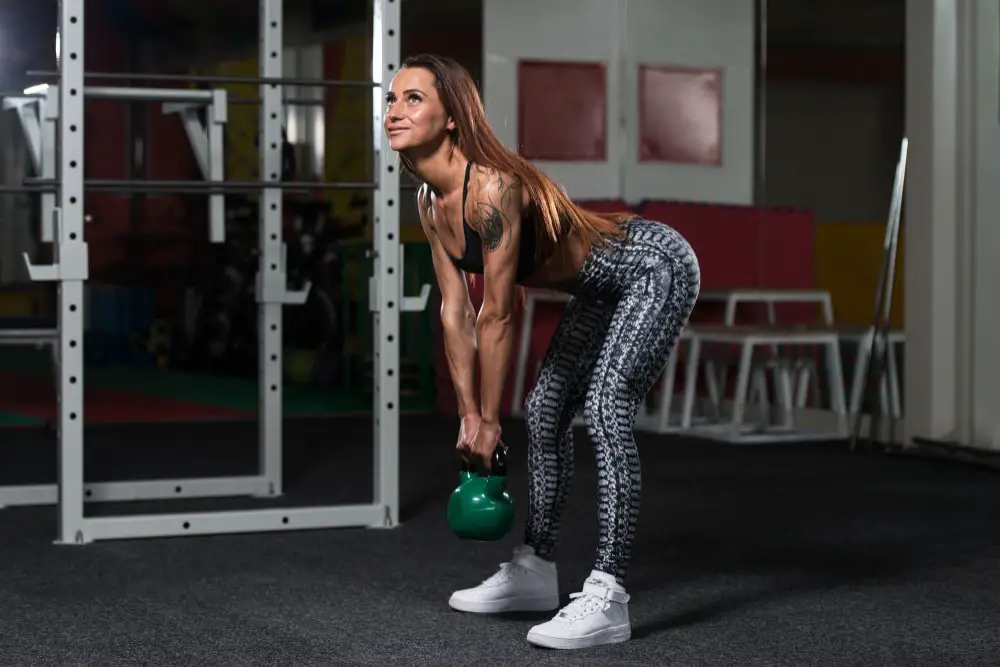
Post-Workout Tattoo Aftercare
If working out is a part of your routine, having a fresh tattoo might not allow you to do so. Some implications can lead to skin irritation and infection. On top of that, your tattoo’s visual appearance can be compromised. The healing process will also take longer than usual. As an adrenaline junkie, you just can’t help it.
The good news, there are a few ways to avoid tattoo complications.
What To Do After Workout with a Fresh Tattoo?
If you have to work out and can’t stand the thought of not training, even with your new tat, try these things.
Take a Shower
It is essential to clean up after sweating a lot. Sweat build-up can cause infections in an open wound. Along with other harmful bacteria, it can penetrate into the skin with a fresh tattoo.
It is one of the significant causes of tattoo infections. To avoid such, washing away the sweat and dirt with mild soap is the best solution.
The hygiene products used also matter. Using harsh soap might cause skin irritation. Fragrant-free and alcohol-free are milder and do not contain many chemicals. Thus, it is ideal for cleansing fresh tattoos.
Ironically speaking, fresh tattoos aren’t supposed to get wet within 24 hours. So, as much as possible, avoiding working out is ideal. Taking a shower is not recommended because water can postpone the fresh tattoo from drying up. Thus, healing will take longer.
Can I use Moisturizer on a Fresh Tattoo?
Vaseline or any lotion are not recommended for new tattoos. Moisturizers are applied only when the tattoo is already healed. Basically, lotion or Vaseline are used to combat itching.
Clean The Tattoo Using Lukewarm Water
Hot water will open the pores more. It can directly penetrate the skin. When the water starts to get inside the open wound, the tattoo’s appearance when it heals will get compromised. It can trigger tattoo fading, details might vanish, and colors can slightly alter.
Overall, working out after getting a fresh tattoo is highly discouraged. Aside from the sweat that might get inside the tattoo, it can also stretch the skin from the intense movements of exercising.
So, relax for a bit, will you!
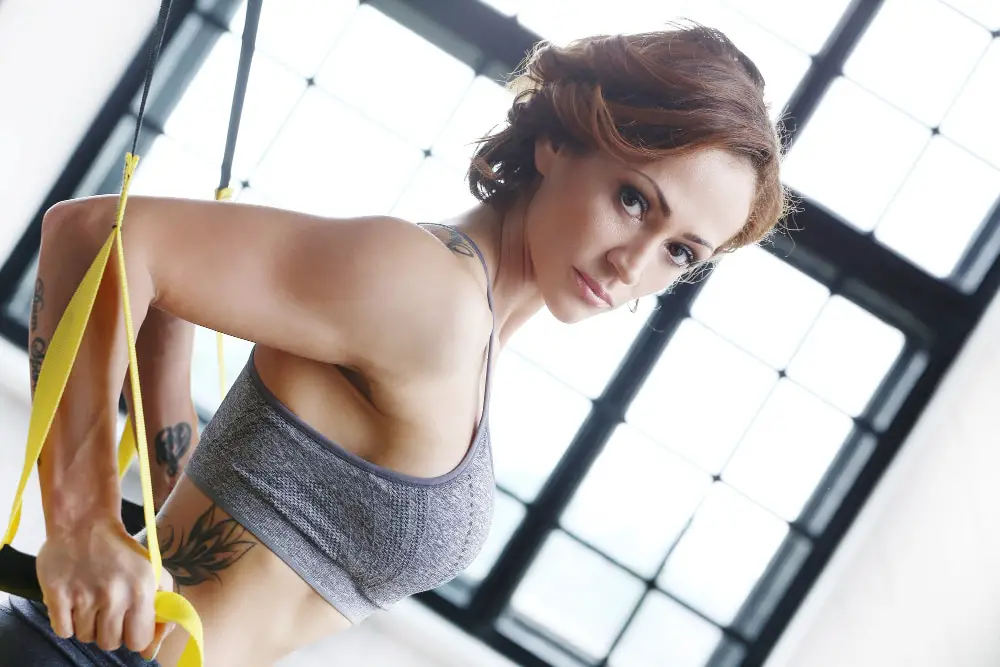
How Much Do Tattoos Stretch?
As was mentioned, tattoo stretching is triggered by muscle gain. How much the tattoo will stretch, on a brighter note, is not that drastic. It also depends on where the tattoo is located.
If the tattoo is placed someplace where the skin is prone to stretching, visible changes will occur. On areas such as the arms and legs, the change in the appearance of the tattoo will be minimal.
The actual stretching of tattoos comes from significant weight or muscle changes in the body. The rapid change in weight greatly impacts the visual image of the tattoo.
However, the most significant risk is stretch marks. It can completely alter the overall look of the tattoo.
More extensive and bolder tattoo designs will not exhibit that much of a difference.
As for smaller and intricate tattoos, noticeable changes can be pronounced. Hence, the design and tattoo placement are crucial.
Choosing parts that are not prone to stretching is ideal for those who work out a lot and have big goals!
Body Parts Prone to Skin Stretching
Stomach
When you lose or gain weight, the stomach is the first to stretch. The stomach is a popular part of the body to have tattoos as they are easy to hide. However, it stretches more than any other part of the body.
Neck
The neck can also be an excellent canvas for tattoos. It doesn’t stretch too much, but it loses its elasticity quicker than other parts. A tattoo on the neck area also has a bigger potential to get distorted. It is because when the person ages, the neck skin can sag and becomes loose.
The back of the neck, on the other hand, is a much safer choice for tattoos.
The Back and Shoulders
The back and shoulder are ideal for big pieces. However, it is one of the parts of the body that is susceptible to stretching. On a brighter note, the skin art placed on the back and shoulders shows a very minimal change.
Body Parts Not Prone to Stretching
Arms
There are so many options for locations and styles of arm tattoos; in fact, the arms are one of the most popular places people get tattoos.
Stretching on the arm depends on the exact location; the forearm area is safe but also is prone to a lot of sun exposure and potential fading.
The upper outer arm and bicep arm are fine too.
The significant risk for the arm is the tricep area; this area is very prone to stretching and sagging as we age.
Ribs
Getting tattooed on the ribs is painful. However, it doesn’t get warped or stretched easily in the long haul. The skin on the rib part does not get stretched and is safe from the sun too.
However, it is a boney area with minimal fat and thin skin. Hence, the pain can be excruciating. But, if you want a good-looking tattoo until you age, the rib are is one of the ideal body parts.
Legs And Ankles
The legs are a good spot for tattoos. You can have a huge piece or patches of different tattoo designs. The knee area, however, can be arduous. The same goes for the ankle area. Due to the bones and thin skin around it, it’s more painful in contrast to the thigh or leg part.
The good news is that the legs and ankles do not stretch too much if you gain or lose muscle. Well, in proportion, if you do go wild and put on heaps of muscle mass, it sure will stretch the skin and tattoo.
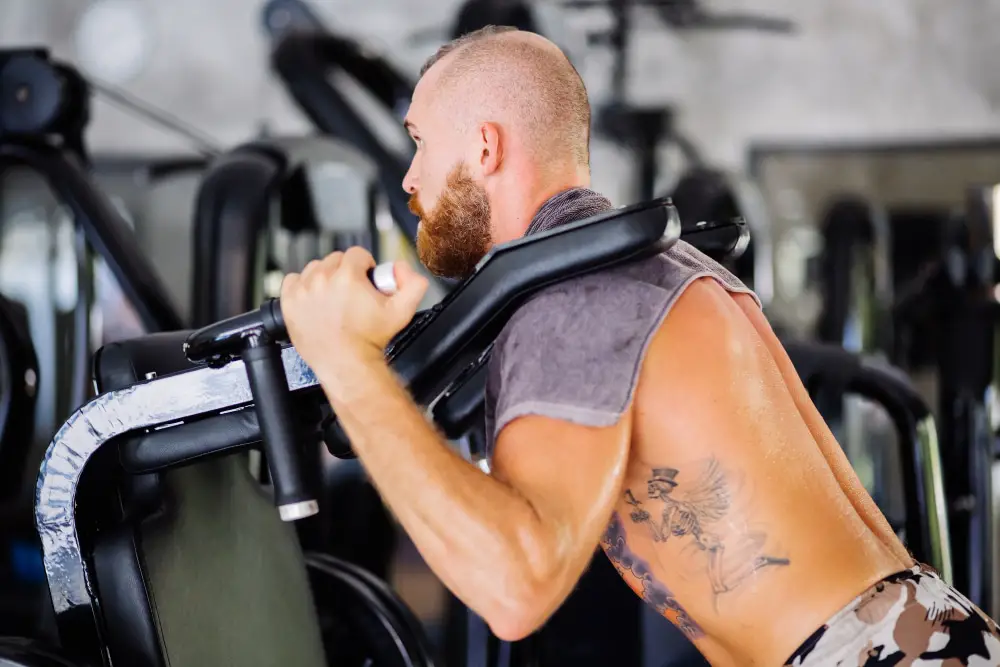
Conclusion – Do Tattoos Stretch When You Gain Muscle?
Absolutely tattoos can stretch when you gain muscle and also when you lose fat. It depends on the amount you gain or lose and how quickly this is done.
Exercise is important mentally and physically, don’t let your tattoo stop you. On the other hand, if you are planning great changes in the body and are shopping around for tattoos, think about placement.
Happy Tattooing!
